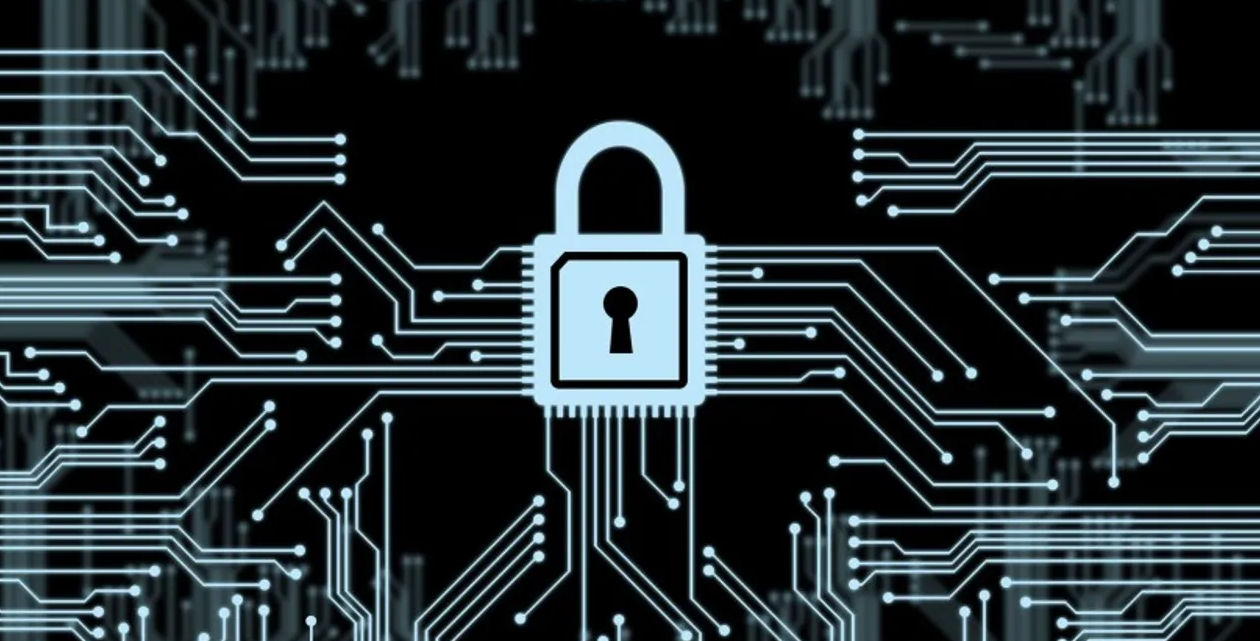In an ever-evolving digital landscape, the future of secure messaging holds great promise. As the importance of privacy and data protection continues to grow, advancements in encryption technology play a crucial role in shaping the future of secure communication. This informative article explores the exciting developments in encryption technology that are paving the way for a more secure and private messaging experience.
The Evolution of Encryption Technology
From Symmetric to Asymmetric Encryption
Traditional encryption methods relied on symmetric encryption, where the same key was used for both encryption and decryption. While effective, this approach posed challenges in securely exchanging encryption keys. The advent of asymmetric encryption, also known as public-key encryption, revolutionized secure message. Asymmetric encryption utilizes a pair of keys: a public key for encryption and a private key for decryption. This innovation enables secure messaging without the need to exchange encryption keys, ensuring greater convenience and security.
Quantum Encryption: Unbreakable Security
Quantum encryption represents the future of secure messaging. Leveraging the principles of quantum mechanics, quantum encryption ensures unbreakable security by relying on the laws of physics. Quantum encryption utilizes the properties of quantum particles to transmit encryption keys securely. Even with powerful computational capabilities, adversaries cannot intercept or decipher quantum-encrypted messages without altering the state of the quantum particles, thus alerting the communicating parties of any potential breach. While still in its infancy, quantum encryption holds immense potential for achieving unparalleled security in the future.
Advancements in Secure Messaging Technology
Homomorphic Encryption: Computing on Encrypted Data
Homomorphic encryption is a revolutionary advancement in secure messaging technology. Unlike traditional encryption, which requires decryption before performing computations, homomorphic encryption allows computations to be performed directly on encrypted data. This means that sensitive information can remain encrypted throughout processing, significantly reducing the risk of data exposure. Homomorphic encryption has the potential to revolutionize secure messaging by enabling secure and private cloud-based computing and data sharing.
Post-Quantum Cryptography: Resisting Quantum Attacks
As the field of quantum computing advances, so does the need for post-quantum cryptography. Post-quantum cryptography refers to encryption algorithms specifically designed to resist attacks by powerful quantum computers. These algorithms are being developed to replace existing cryptographic methods that could be vulnerable to quantum attacks. By adopting post-quantum cryptography in private message protocols, we can future-proof our communication against the computational power of quantum computers.
Zero-Knowledge Proofs: Verifying without Revealing
Zero-knowledge proofs provide an innovative approach to secure messaging by enabling verification without revealing sensitive information. With zero-knowledge proofs, one party can prove to another that they possess certain knowledge or credentials without revealing the actual content of that knowledge. This cryptographic technique adds an extra layer of privacy and security to secure messaging protocols, allowing users to verify their identity or perform transactions without exposing sensitive data.
Multi-Factor Authentication: Strengthening Security
Multi-factor authentication (MFA) continues to play a vital role in secure messaging. MFA combines multiple authentication factors, such as passwords, biometrics, or hardware tokens, to verify the identity of users. By implementing MFA, secure messaging platforms enhance the security of user accounts, making it significantly more challenging for unauthorized individuals to gain access. As technology advances, we can expect further developments in MFA, incorporating innovative authentication methods and technologies.
Challenges and Considerations
Balancing Security and Usability
While advancements in encryption technology offer improved security, striking a balance between security and usability remains a challenge. Complex encryption methods can sometimes hinder user experience and convenience. Future developments will focus on refining encryption protocols to provide robust security without compromising user-friendly interfaces, ensuring that secure messaging remains accessible to all users.
Regulatory and Legal Implications
The future of secure messaging also brings forth regulatory and legal implications. As encryption technology advances, governments and regulatory bodies may seek to balance privacy concerns with the need for security and law enforcement. Striking the right balance between individual privacy rights and public safety will be an ongoing challenge, requiring careful consideration and collaboration between technology providers, policymakers, and legal experts.
Conclusion
The future of secure messaging is bright, thanks to the continuous advancements in encryption technology. From the evolution of encryption methods to the emergence of quantum encryption, homomorphic encryption, post-quantum cryptography, zero-knowledge proofs, and multi-factor authentication, these developments are revolutionizing secure communication. As we navigate the digital landscape, it is crucial to stay informed about the latest advancements and embrace secure messaging technologies that protect our privacy, empower us with control over our data, and ensure the confidentiality and integrity of our conversations. With the continuous evolution of encryption technology, the future of secure messaging holds tremendous potential for secure and private communication in a digital world.
- Understanding Backflow Testing and Annual Fire Alarm Inspections: Essential for Safety and Compliance - April 1, 2025
- Preamplifiers – Significance, Types, Benefits - January 10, 2025
- The Science of Bass: Understanding How Subwoofers Work - January 10, 2025

